An Honest Digital Nomad Guide to Living in Lisbon
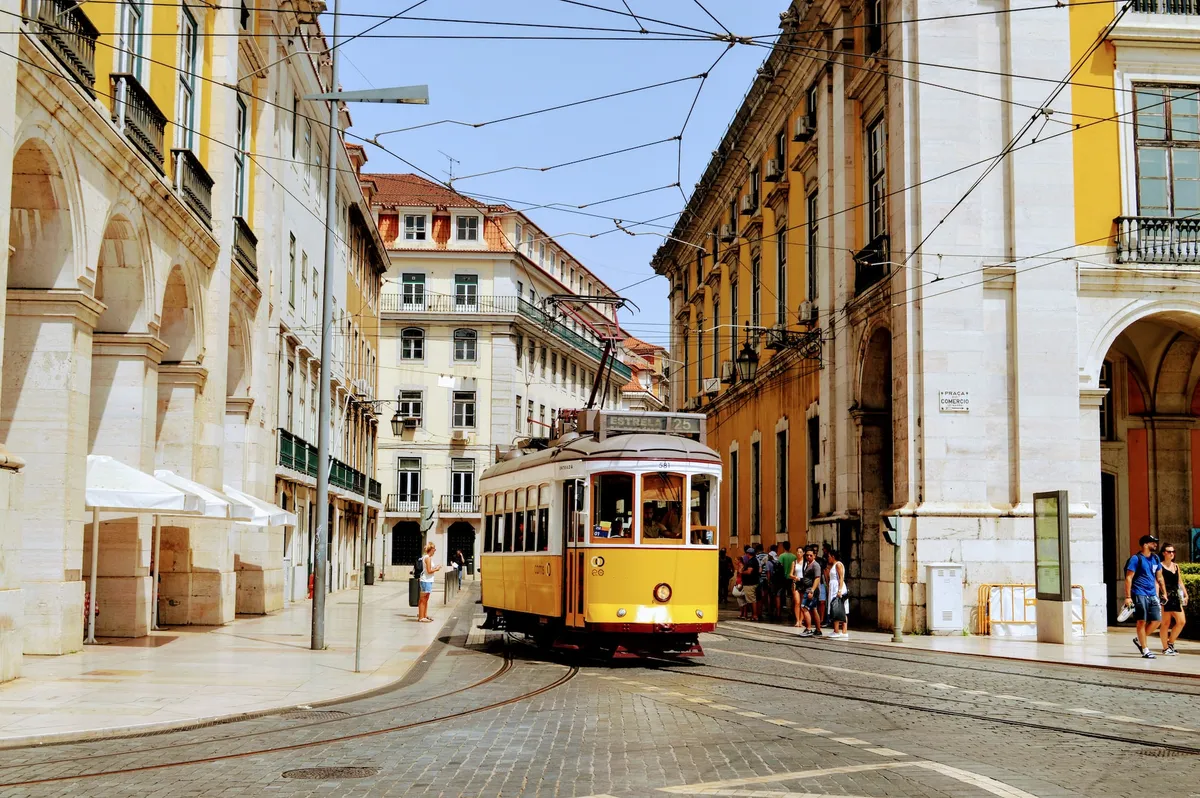
Lisbon is a multicultural city that has always attracted people worldwide due to its uniqueness. It is a lively city with a relatively low cost of living compared to many European cities, and it attracts a large influx of digital nomads from all corners of the globe.
In this guide, we will explore why this city is so coveted by remote workers, along with all the information you need to live and work in Lisbon to the fullest.
Why Visiting Lisbon as a Digital Nomad?
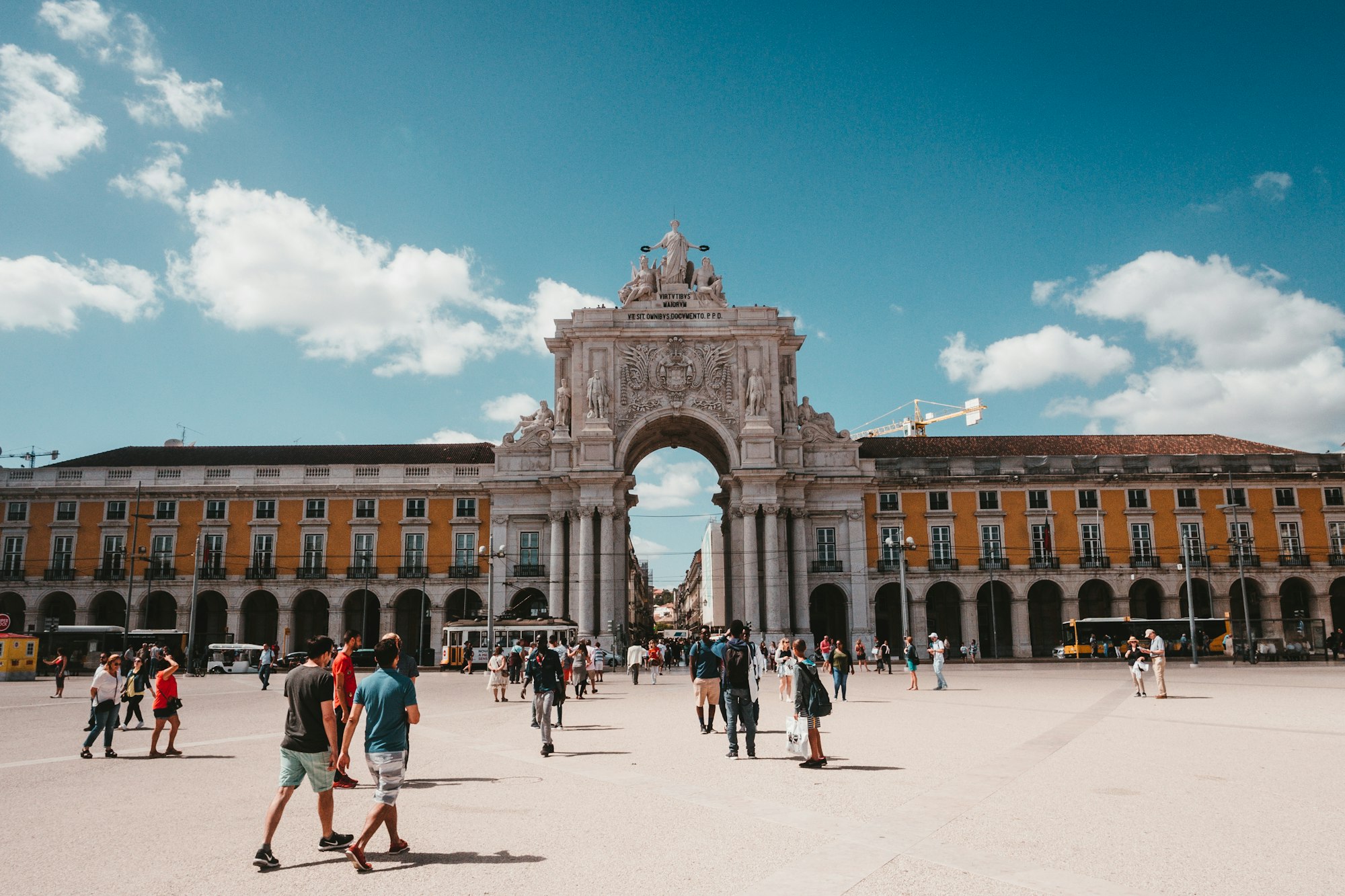
The real question is: why NOT visit Lisbon as a digital nomad?
The capital of Portugal has everything a digital nomad could possibly need: great Wi-Fi, co-working spaces, networking opportunities, nature, low cost of living, culture, public transportation, a well-serviced international airport, traditional food, and many other things to discover on-site.
Over the years, many digital nomads have chosen Lisbon as their base to spend a few months or even settle. There are many coworking spaces and cafes where you can work, and connecting with other travelers is not difficult.
Lisbon is a vibrant city with plenty of networking and socializing opportunities.
Where To Stay in Lisbon

Lisbon is a large city and offers accommodation of all kinds. It will not be difficult to find the one that suits you on platforms such as Booking.com and Tripadvisor for short-term rentals or Flatio for medium-to-long-term stays.
Downtown areas are obviously more expensive, and rising accommodation prices have indeed become a problem in the last couple of years. Since 2021, there has been an increase in accommodation prices, leading to the discontent of residents and tourists. However, you can still find good deals if you book a little in advance and not during the high season.
Accommodation prices starkly contrast with the prices of other things in the city, such as food and tourist attractions, which are lower than in other European capitals.
How Do You Get Around Lisbon?
Transportation in Lisbon is highly efficient and connects well the entire city. The metro is also very convenient, as it can take you to the most important points in the city quickly.
The bus network is also highly efficient and connects the city with several tourist attractions located on the outskirts. Along the entire riverfront, there are buses that connect the far ends of the city, the center with the aquarium, and the Belem neighborhood, located respectively in the eastern and westernmost areas.
If you don't want to walk around or use public transport, you can rent scooters and electric scooters scattered throughout the city. The most used companies are Cooltra, Lime, Bolt, and Uber.
A special mention is in order for the app Bolt, the European alternative to Uber but slightly cheaper. I recommend it for renting electric scooters and taxis.
Renting a car is always a good idea to enjoy maximum freedom, and finding one that suits your needs in Lisbon is not difficult. There are many rental companies, from the most expensive to the cheapest ones. You will easily find the best solution by using reliable car rental price comparison websites such as Rentalcars or Discovercars.
There are parking lots available, but I still recommend using public transportation or good old-fashioned walking to get to the city center. Traffic lights, traffic, and hills can be unpleasant.
Internet and WiFi in Lisbon
If Lisbon has become one of the popular destinations for digital nomads, it is partly thanks to its efficiency and great connectivity. With the large influx of remote workers from all over the world, the city has quickly adapted to remote working, and it shows. All cafés generally have good-quality WiFi networks, and it will not be difficult to find one with a little bit of research.
If you want a little more convenience or want to have a little more data for any emergency but don't want to buy a local tourist sim, an excellent solution could be to buy an eSim (basically a virtual sim). In Portugal, the top ones I would recommend are Airalo and Holafly with which you won't have any problems whatsoever.
Best Places to Work From in Lisbon as a Digital Nomad
As mentioned in this guide, Lisbon is a big city that offers everything a digital nomad could wish to work comfortably.
For instance, there is an incredible variety of coworking spaces available. Additionally, if you want to find a place to stay and also have a coliving space for working, check out the famous Selina.
Coworking spaces
Below, I list some coworking spaces that I know to be of excellent quality:
- Avila Spaces
- IDEA Spaces
- Unicorn Workspaces Portugal
- Canopy Portugal
- Workhub
- Today
- Second Home Lisboa
- Impact Hub
Cost of Living in Lisbon as a Digital Nomad
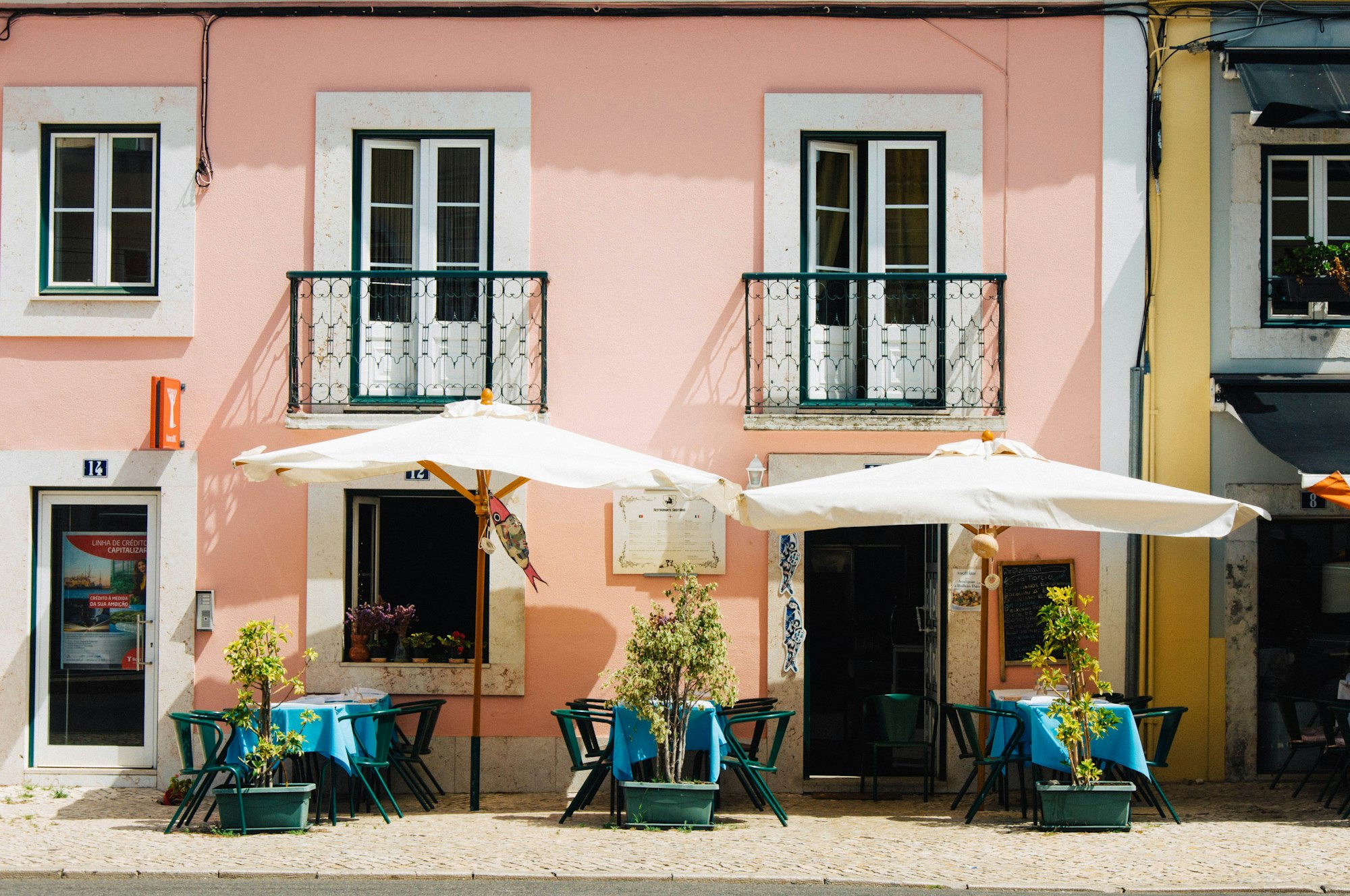
We already talked about how Lisbon has been affected in recent years by rising costs, especially regarding hotel accommodations and long-term apartments.
Many people, especially expats living in Lisbon, have, in fact, complained about the exorbitant costs of renting a house. Preparing in advance is essential to be able to find suitable accommodations if you are on a tight budget.
But while prices for overnight stays have increased, the cost of living in the Portuguese capital is still lower than in other popular European cities such as Paris, Rome, or London.
I still consider it a fairly cheap destination. Nothing compared to Eastern Europe cities of course, but not nearly as expensive as other Northern European cities.
One thing that travelers appreciate when visiting Portugal is the cost of eating out. It is not difficult to eat fresh fish at a restaurant for the price of €10/12 ($11/13) per person, equivalent to a decent breakfast in many European countries.
Culture and Food in Lisbon
Lisbon boasts a rich history as it was the starting point for some of the world's most famous explorers. These explorers paved important trade routes and connected Europe to the rest of the known and unknown world.
Thanks to many cultural influences from all over the world there is a lot of food variety, from meat dishes, typical of the inland regions, to seafood, which is of course characteristic of coastal areas such as Lisbon and Aveiro.

One of the most famous dishes is cod pasteis (a "croquette" of cod). You will find in the city many places where you can taste it.
But it's Fish the real food to try in Lisbon. In fact, the symbol of the city is the sardine. Fried, baked, or more typically grilled, you can find sardines everywhere!
Portuguese desserts are also full of history and tradition and my absolute favorite is the famous pasteis de nata (custard tarts), a kind of crunchy puff with cream. It's a sensory delight that can drive you crazy.
Without writing the entire recipe book of Portuguese delicacies (not that it isn't worth it), for the sake of readability, I'll recommend you two must-try dishes that are hard to find in other parts of Europe.
- Angulas: Eel fry, tiny eels the size of a worm. It isn't easy to describe their taste, but I find them very delicious. They can be easily prepared by sautéing them in a pan with garlic, oil, and chili.
- Percebes: Some of the most expensive crustaceans in the world. But don't worry, you can try them in Lisbon for just €5 ($5.50). They look like black fingers with a giant nail on the top. It's not the best presentation and may sound a bit intimidating, but they have a delicious sea flavor, and once you get past the initial shock, it's something you'll want to eat again.
Best Time To Visit Lisbon
Being right on the Atlantic Ocean, Lisbon is a fairly humid and rainy city during the winter. However, the weather is variable; even in January, you can enjoy beautiful sunny days.
Contrary to those who say they no longer exist, the shoulder seasons are the best times to visit or spend a medium to a long time there. The sun and sea make every day more beautiful.
The high season in Lisbon is in July and August, and prices at this time inevitably go up. I, therefore, recommend weather- and price-wise to visit Lisbon between April and June and September and November.
During summer, temperatures are warm but never to the point of feeling unwell. The ocean greatly moderates the temperature, and there is often a pleasant breeze. In fact, the Atlantic Ocean is a constant presence in the city's history, traditions, and livability.
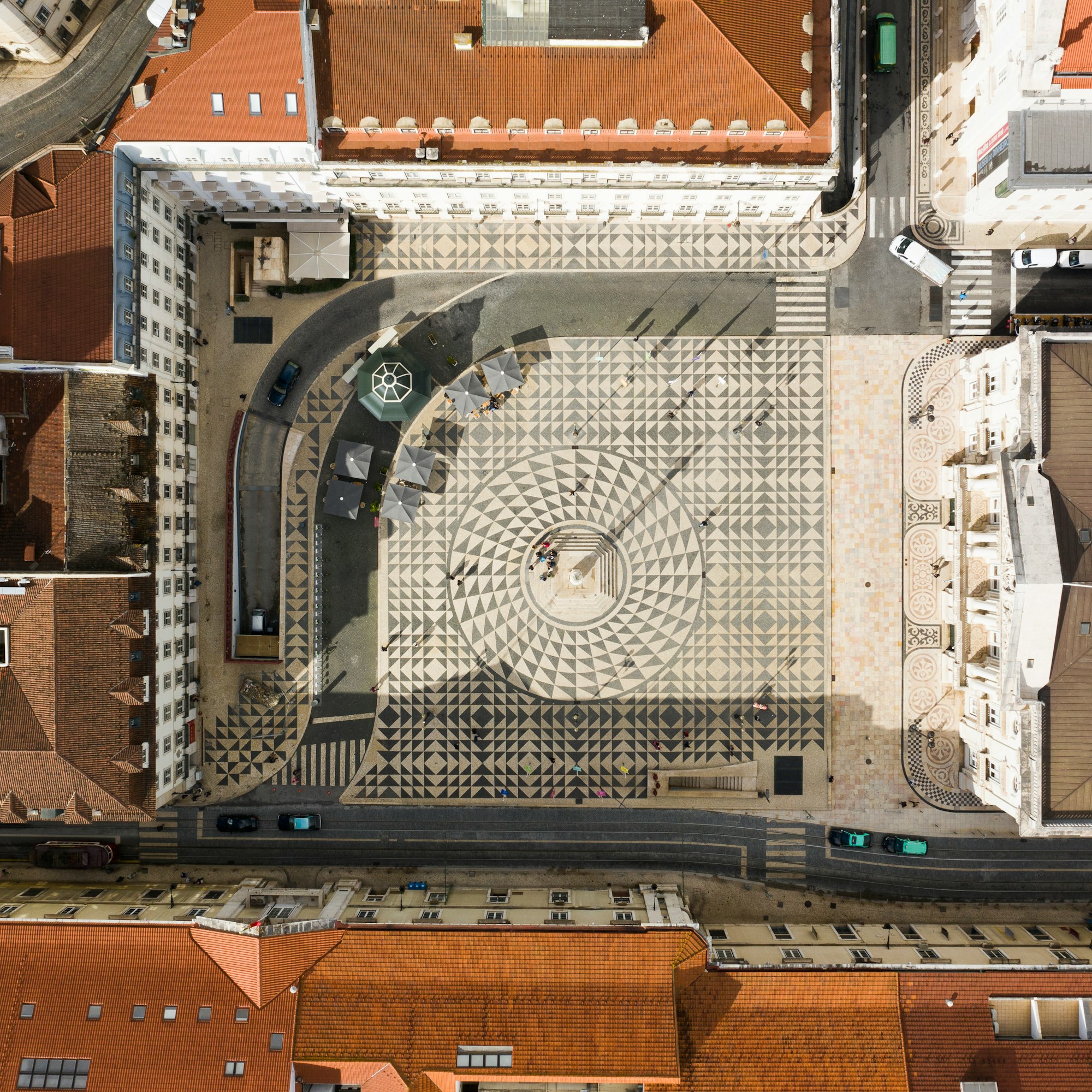
Top Things To Do in Lisbon
You'll have plenty to see and do in and around the city of Lisbon. Let's see all the things you can do in this wonderful city.
Inside the City: History and Culture
Much of Lisbon's history relates to Portuguese explorers and the spice trade.
It is in fact possible to see the tomb of one of the most important explorers of all time, Vasco da Gama, who was the first European to sail directly to India, rounding the Cape of Good Hope. His tomb is kept in the Belem neighborhood inside the Jeronimos Monastery. I suggest you inquire about tickets to visit this monastery online, as the lines are usually long and unpleasant.
In the same district, which is also one of the most beautiful in Lisbon, it is also possible to see the Monument of the Discoveries with the mosaic world map and the homonymous map underneath the Tower of Belem. They are about 1 km apart from each other, and they both sit along the banks of the Tagus River.
Going more towards the city center, it is possible to visit the Carmo Convent, with its scenic roofless church, the Cathedral of Lisbon, and several historic districts, such as Alfama.
One of the most beautiful viewpoints is the Viewpoint of Santa Luzia, which can be reached by tram or more comfortably with an electric scooter that can be rented around the city.
The Castle of Sao Jorge, one of Lisbon's oldest monuments, is over the city, positioned on the highest hill.
A ride on the historic Tram 28 is a must-do during your visit to Lisbon. It's a fully functioning public transportation vehicle with a vintage flair, and over the years it has become one of the most famous attractions in the city. It crosses through the historic neighborhoods of the capital, climbing up the most challenging streets in the center that would otherwise be very tiring to walk.
Lisbon also has two "monuments" that recall their more famous counterparts, namely: the Bridge 25 April, built by the same company that took care of the construction of the Golden Gate Bridge in San Francisco (they're in fact identical), and the Christ the Redeemer in Rio De Janeiro, which in Lisbon is called Cristo Rei (King Christ).
An experience that I recommend for the most romantic is the aperitif on a sailing boat on the Tagus at sunset. There are several private vendors who organize it, and it is also possible to book in the Experiences section on Airbnb.
The area around Lisbon's aquarium is also very beautiful, with a panoramic cable car that runs along the coast and several interactive museums.
I think there are plenty of museums in Lisbon, many of which are worth visiting. Finally, I personally recommend the codfish museum and the National Tile Museum, showcasing the distinctive Portuguese ceramic tiles.

Outside the City: Nature and the Most Famous Places
Near Lisbon, there is a beautiful beach where you can admire the sunset called Cornelia Beach. The beach is located on the Costa da Caparica, about 20 minutes by car from the city center (with the Bolt app you can get there for around €10). Cornelia Beach is wide and long, with colorful wooden houses overlooking the coast. It's wild but not too much, popular but not crowded, and clean but with very cold water.
The most popular tourist attractions to visit while in Lisbon are
Sintra
Sintra is a town located a few kilometers from Lisbon. It is known for its historical and characteristic landmarks such as the Palácio Nacional da Pena and Quinta da Regaleira, which I highly recommend visiting. I recommend setting aside a full day for visiting both places as it can be quite tiring due to the amount of walking involved.
Cape Roca (Cabo da Roca)
Cape Roca is the westernmost point of the European continent, with a lighthouse towering over the Atlantic Ocean. It's a must-visit for sure.
Praia da Adraga and Praia da Ursa
They are two wild and spectacular beaches. Surfing is possible, and a surfing school is also located there. I recommend visiting them alongside Cabo da Roca as they are very close. Try and go by car because these beaches are not well connected by public transport. Otherwise, you can book a private tour that leaves from Lisbon.
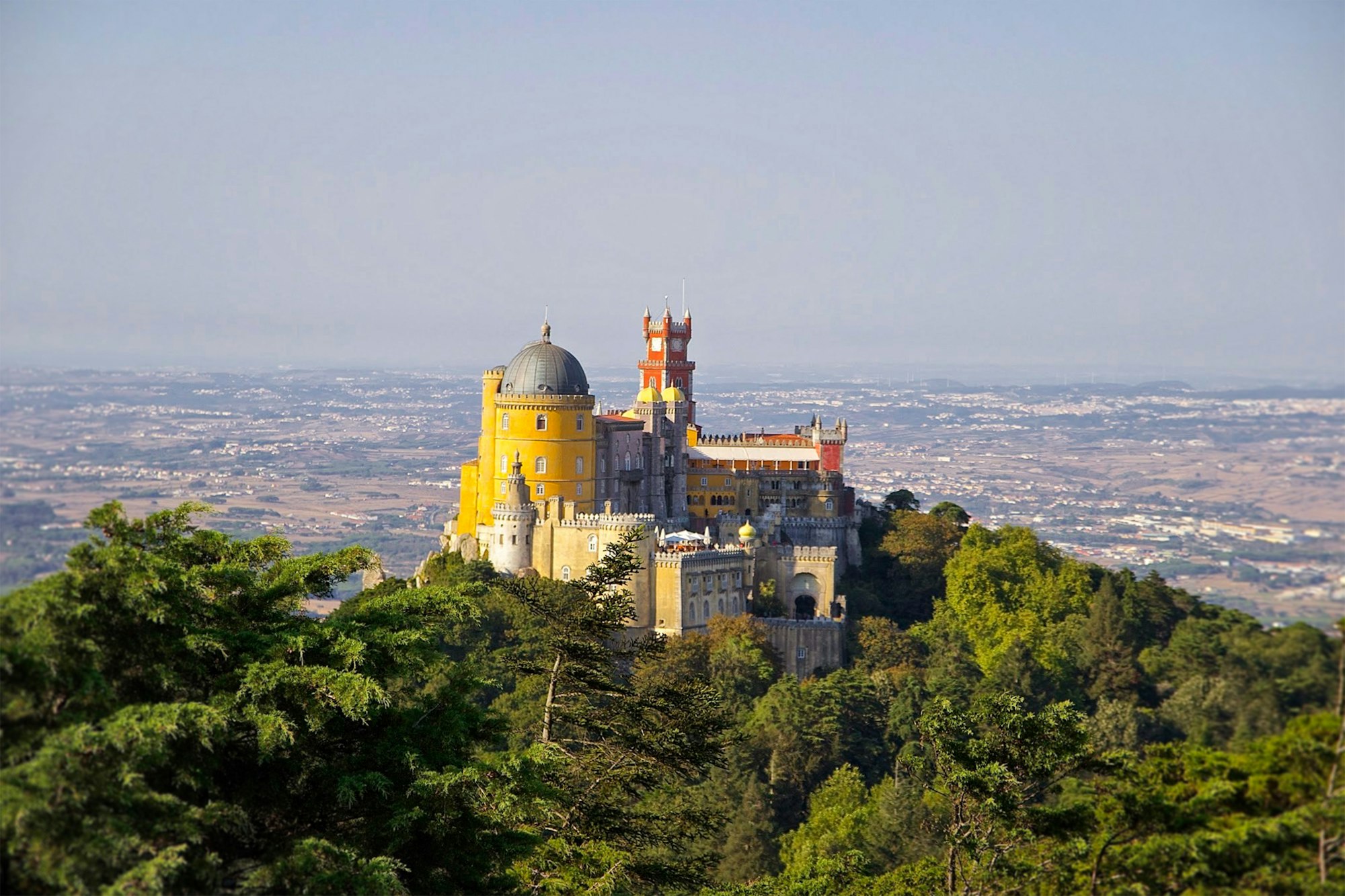
Is Lisbon Safe To Visit?
I've never had any safety problems in Lisbon and consider this city fairly safe.
However, our usual recommendations apply here as well: do not leave valuable objects unattended in the city center, especially on Tram 28 where you might encounter some pickpockets.
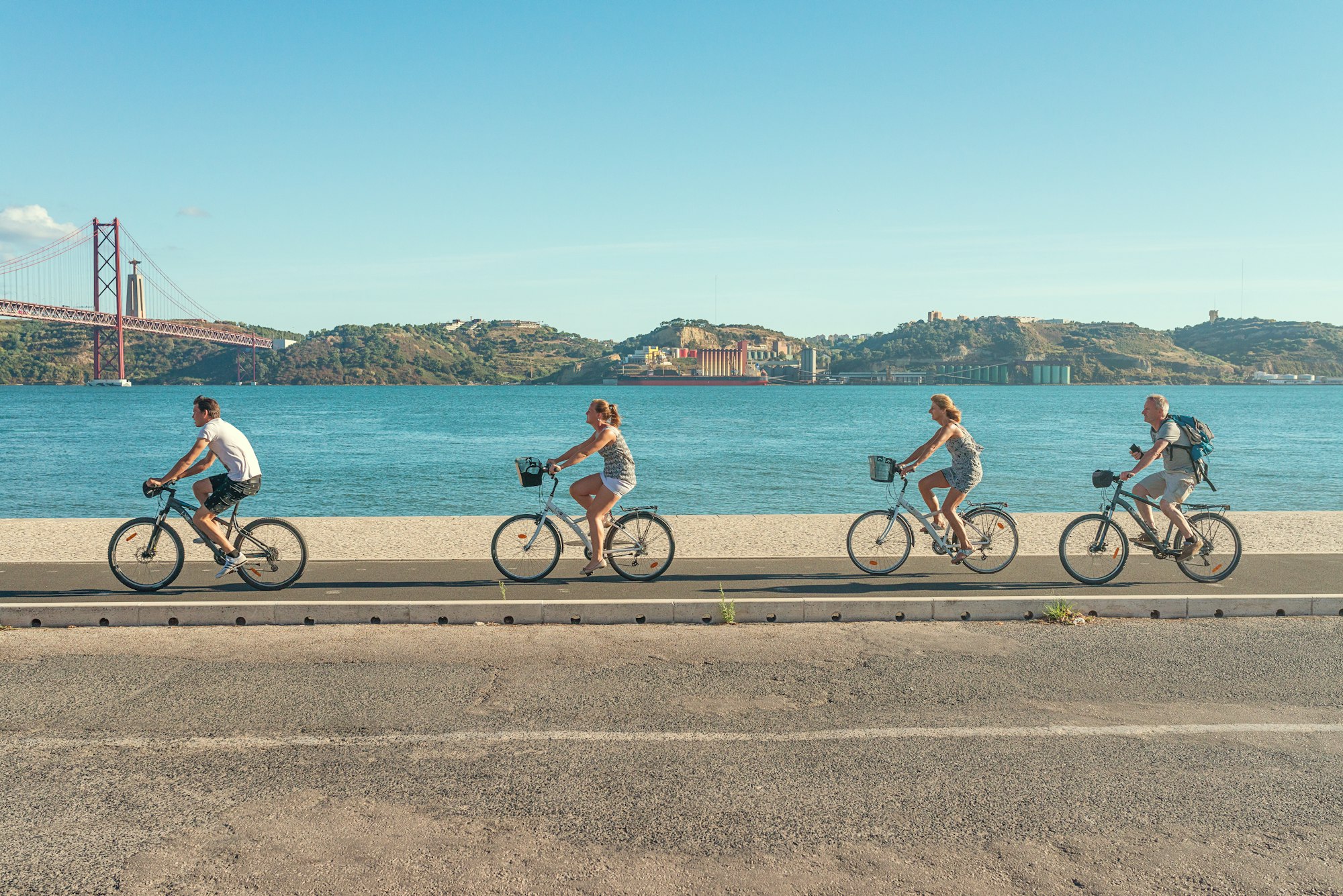
Visa Requirements for Lisbon
If you come from any European country, a tourist visa is not required to enter Lisbon as a tourist. If you are coming from a non-European country, you can instead check out the Digital Nomad Visa for Portugal.
Are You Ready To Live and Work in Lisbon?
If you want more digital nomad guides like these, sign up for our free newsletter and get upcoming articles straight to your inbox!
Freaking Nomads is supported by you. Clicking through our links may earn us a small affiliate commission, and that's what allows us to keep producing free, helpful content. Learn more







 Travel tips, hacks, and news
Travel tips, hacks, and news Exclusive travel discounts
Exclusive travel discounts Offers and promotions
Offers and promotions Digital nomad inspiration
Digital nomad inspiration Latest articles form our blog
Latest articles form our blog
Comments ()